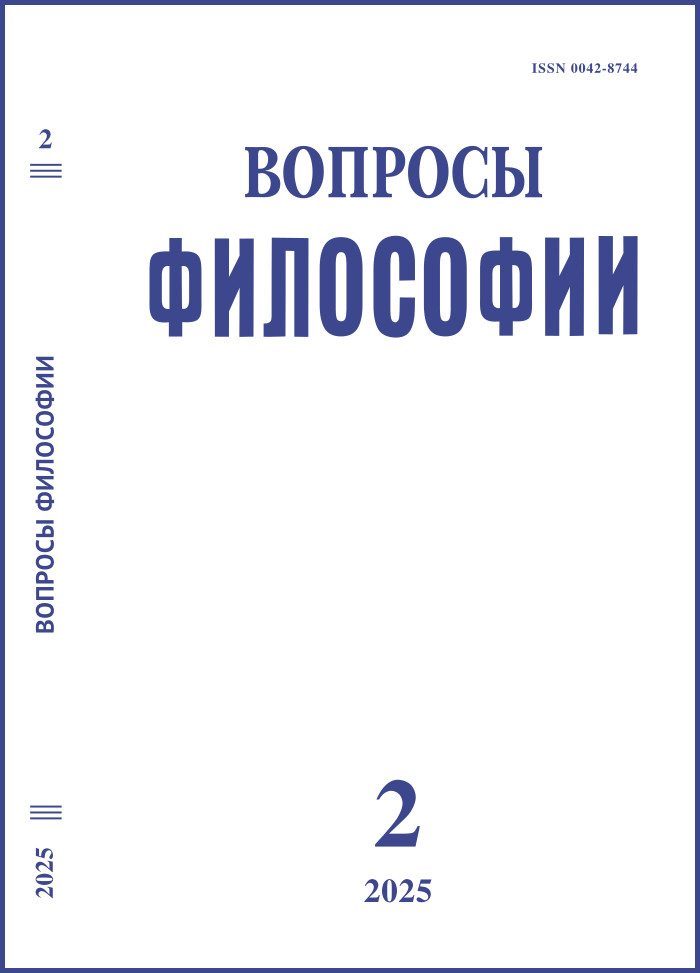Philosophical and Cosmological Comprehension of the Category of “Heaven” (Tian) in Chinese Musical Art
DOI:
https://doi.org/10.21146/0042-8744-2025-2-202-209Keywords:
category “Haven” (“Tian”), philosophy of music, Chinese musical art, san cai (Heaven – Earth – Man), yin and yang, circle (yuan), “Colorful clouds chasing the moon”, Chinese traditional theater (xiqu), “Resentment of Dou E”Abstract
The category of “Heaven” (Tian) is identified with the highest natural principle, the highest divine power. The category Tian had received consideration in music in connection with such concepts as san cai (Heaven – Earth – Man), circle (yuan), as well as categories like yin and yang, which are assigned a significant role in Chinese philosophy and cosmology. The authors suggest that the identification of the semantics of philosophical categories (in particular the category of “Heaven”) in musical art contributes to a deeper study and comprehension of the meanings of Chinese music, which has a rich symbolism and connection with philosophical and cosmological ideas. The semantics of this category are defined in Chinese numerology. The symbolism of Tian was traced in the modal system, traditional instrumentation and in one of the characteristic principles of compositional structure (the principle of “rotation”) inherent in Chinese music. It also received coverage in Chinese traditional theater arts (xiqu), in particular in the vocal and performing arts of Peking opera (jingju), in costumes of actors, and others. Special attention is paid to identifying the symbolism of “Heaven” in the work of Nei Er and Ren Guang “Multicolored Clouds Chasing the Moon”, as well as in the yuan drama (zaju) of Guan Han Qing “Resentment of Dou E”.

